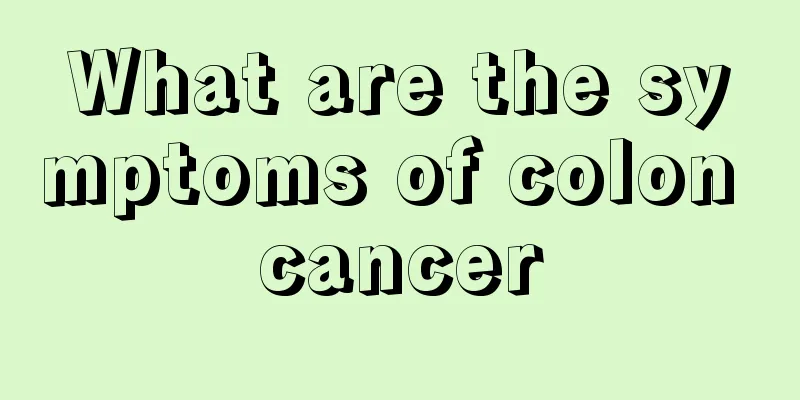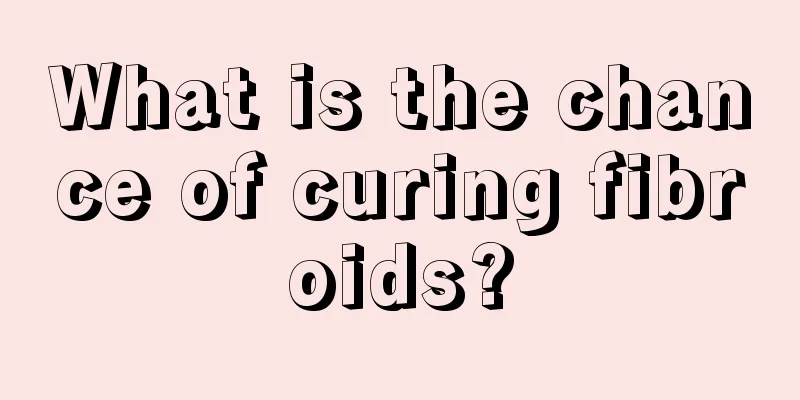How to treat anal fistula in the early stage

|
Anal fistula is actually a disease caused by perianal abscess that develops to a certain stage. It usually cannot heal itself. If treated in time, the condition will become more and more serious after the anal fistula develops to a certain stage. It will make people restless, and have symptoms such as pain and itching, which seriously affect their daily life and normal work. It may also cause anal incontinence. In fact, the earlier the treatment, the easier it is to control the disease. How to treat anal fistula in the early stage? 1. Fistulotomy. It is a method of completely cutting open the fistula and relying on the growth of granulation tissue to heal the wound. It is suitable for low-position anal fistula because the fistula is deep below the external sphincter. After the incision, only the subcutaneous and superficial parts of the external sphincter are damaged, and postoperative anal incontinence will not occur. 2. Anal fistula resection. The fistula tract is opened and the entire fistula bone wall is removed to the healthy tissue. The wound does not need to be sutured. If the wound is large, it can be partially sutured and partially left open and filled with oil gauze to allow the wound to grow from the bottom outward until it heals. Suitable for low-position simple anal fistula. 3. Hanging thread therapy. It is a method of slowly cutting open the anal fistula by using the mechanical compression of a rubber band or corrosive thread. It is suitable for simple anal fistulas with low or high internal and external openings within 3-5 cm from the anus, or as an auxiliary treatment for incision and resection of complex anal fistulas. Surgery is also one of the main ways to treat anal fistula, but one thing that must be noted is that if anal fistula is treated surgically, postoperative care must not be ignored, otherwise, it is very easy to cause infection, which may cause recurrence or complications. Symptoms of patients with anal fistula Anal fistula often occurs in the midline behind the anal canal; due to the anatomical characteristics of the anal canal, the skin here is easily traumatized by the expansion of the anal canal during defecation, resulting in full-thickness tearing. If chronic inflammation occurs near the tooth twist, it is more susceptible to damage due to loss of elasticity due to fibrosis. Torn wounds often form ulcers due to secondary infection. The wound surface is relatively flat, hard, grayish white, and there is a bag-like skin tag at the lower end of the ulcer. It resembles external hemorrhoids and is commonly known as "sentinel hemorrhoids". It is often accompanied by hypertrophy of the anal papillae. In severe cases, it causes anal canal stenosis and forms anal fistula triad. Patients are afraid of the pain and dare not defecate, causing feces to accumulate in the intestinal cavity for too long, becoming dry and hard. The pain becomes more severe the next time they defecate, thus forming a vicious cycle and causing extreme pain, which seriously affects their work and study. This disease can occur in all age groups, but is more common in middle-aged people between 30 and 40 years old. |
<<: What is the best way to treat mild anal fistula
>>: Does it hurt to change the dressing after anal fistula surgery
Recommend
What to do if you have a cold, cough, or chest tightness
Cold is one of the most common diseases. Due to t...
Can pregnant women with colorectal cancer exercise?
Although the incidence of colorectal cancer is ge...
Is six chemotherapy sessions for breast cancer serious?
Is it serious to undergo six chemotherapy session...
What are the effects of honey on the face
Honey can be said to be a great beauty product fo...
In clinical practice, the early symptoms of gastric cancer are as follows
It is good to know the early symptoms of gastric ...
Can vitiligo be cured?
I believe many people are familiar with the name ...
What are the precautions after breast cancer surgery
After breast cancer surgery, you need to pay atte...
What are the common symptoms of lymphoma
Nowadays, lymphoma appears more and more frequent...
What are some tips for cleaning platinum
Many people will find that some of the platinum j...
How to preserve ripe bananas
Rinse with clean water In fact, the surface of ne...
How to eliminate tension
Performance in public can best reflect a person&#...
How to care for skin cancer
The prevalence of skin cancer in my country is re...
Can I touch my breasts after I get pregnant?
When lovers or spouses have sex, they usually tou...
How to train bone cancer patients with prosthetic limbs
Bone tumors are divided into primary bone cancer ...
Is it good to drink black tea when you have a cold
There are many kinds of Chinese tea, among which ...









